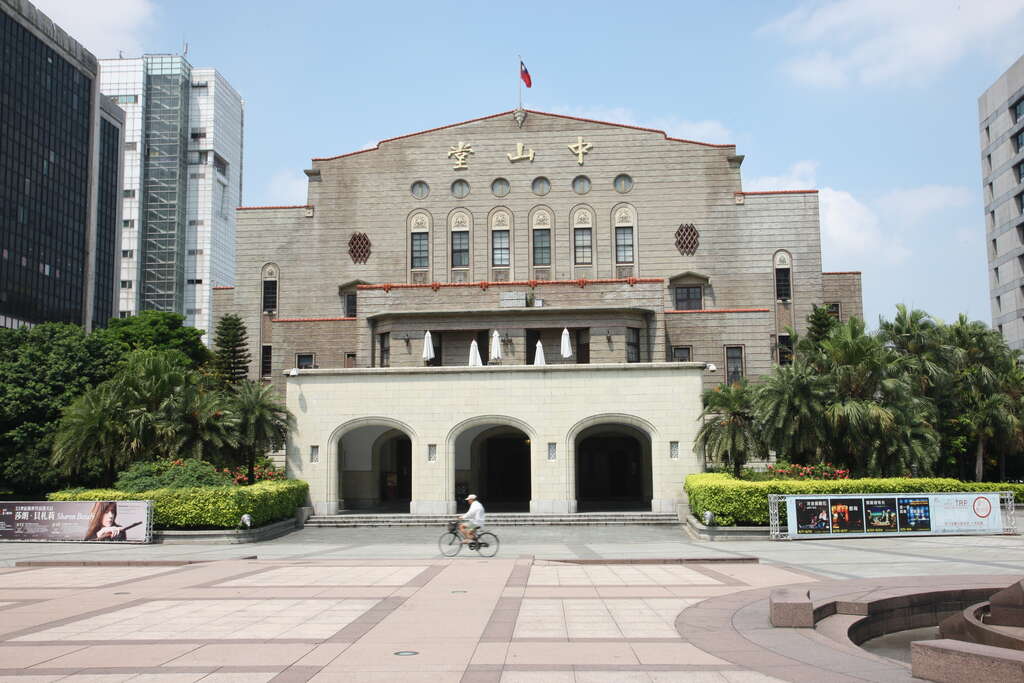Taipei Zhongshan Hall Introduction
The Taipei Guest House, previously known as Taipei Public Hall, was built in 1936 and designed by architect Akiyoshi Ide during the Japanese colonial period. The overall design is grand and elegant, making it a rare large public building in Taiwan at the time. After Japan's surrender in World War II and Taiwan's restoration in 1945, it was renamed Zhongshan Hall. In 1949, when the government relocated to Taiwan, Zhongshan Hall served as the venue for the National Assembly and Legislative Yuan. In 1969, it was returned to the Taipei City Government, under the Bureau of Civil Affairs. In 1992, it was designated a national second-level historic site by the Ministry of the Interior; in 1995, with the amendment of the Cultural Heritage Preservation Act, it was classified as a city-designated historic site under the jurisdiction of the Taipei City Government. In 1999, Zhongshan Hall was reassigned to the Cultural Affairs Bureau, and since then, the Main Hall and Restoration Hall have become key venues for performing arts in the city, hosting the Taipei Traditional Arts Festival, Children's Arts Festival, and Taipei Film Festival annually. In 2011, interior renovations added exhibition rooms, Taipei Academy, and arts salons, fully opening it for public visits, transforming it into a multifunctional venue for education, culture, and leisure in Taipei City. In 2019, it was upgraded to a national historic site by the Ministry of Culture.





















